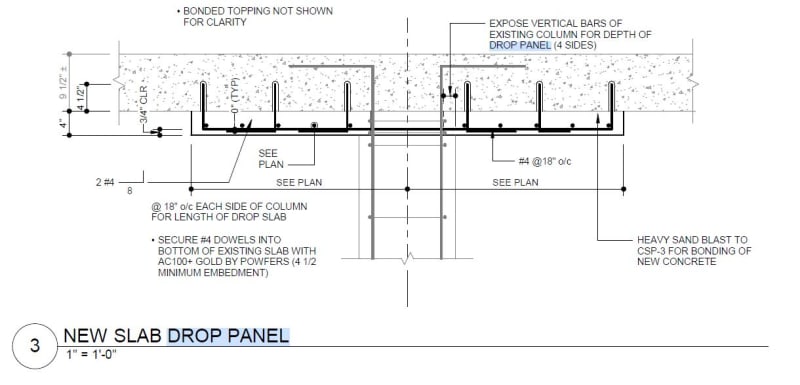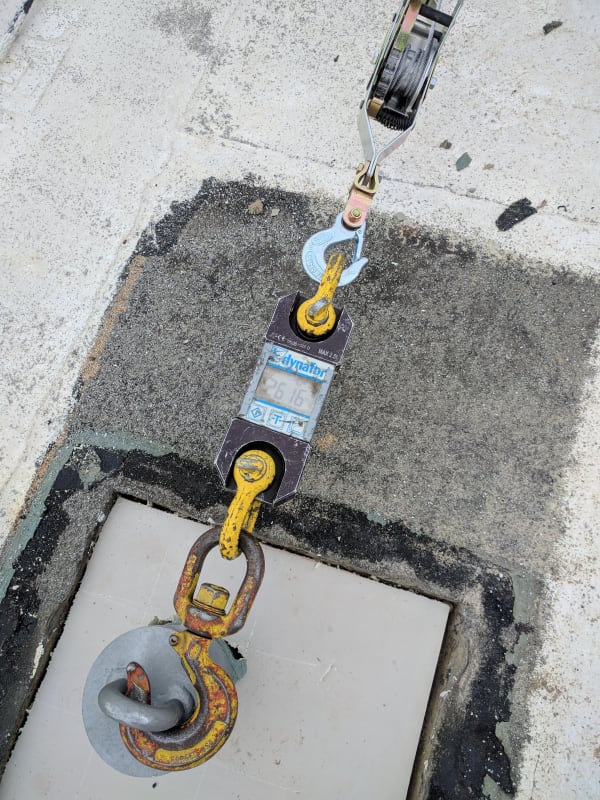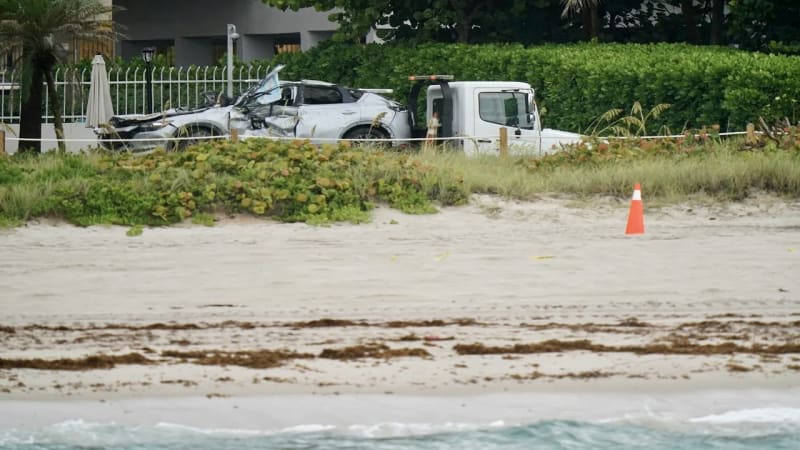In the preamble of the new general industry standard OSHA refers many times to the 1910.66 permanent power platform standard recognizing that the regulated equipment is the same or similar . This standard tells us that all related equipment including roof anchors require functional testing not load testing.
In accordance with (1910.66(g)(1) osha required that all completed building maintenance equipment installations shall be inspected and tested in the field before being placed into initial service to determine that all parts of the installation conform are functioning as required. Federal osha further explains in section 1910.66(g)(2)(ii) that; All parts of the equipment shall be inspected, and where necessary, tested to determine that they are in safe operating condition. Mandatory testing of any part subject to wear is specified in section 1910.66 (g)(4)(1) which also includes governors and safety brakes .
IWCA -I14 industry standards effecting window cleaning equipment is more specific . They require all roof anchors to be lab tested to 2500 lbs half of its ultimate load . This test is a design tool or as a comparison model. Where by, the factory load testing of 2500lbs or half the ultimate load of 5000lbs is necessary in order to prove the anchor design against its theoretical calculations.
On site testing is not given extensive or specific treatment in the codes and regulations, so interpretation and sound engineering judgement are necessary to determine appropriate loads and testing method.
Load testing programs can have the following benefits :
Load testing may be necessary in determining structural capability of installations with out prior certification.
Load testing of adhesive roof anchor installations is universally required by all manufacturers.
Load testing is almost always required in determining failure if an anchor is used In the event of a fall or any type of equipment failure .
Load testing of anchors may be required to yield the necessary documentation in order to producing engineered drawing.
Load testing may be the only feasible option in determining if the existing installation is structurally sound.
The following information can be used to develop an effective test program to yield meaningful results. A proper program requires a test prescription to be developed by a professional engineer. Once this is done a carefully selected test load will need to be prescribed to address the specific components. The engineer must have first hand experience in the design and testing of this type of equipment because roof anchors and rigging equipment are designed with various components and sub-system that have variable working load and safety factors.
To ensure the structure is not damaged the engineer must review the building drawings to identify if the building structures can handle the concentrated loads necessary to test certain components.
Any load test program even if it is similar to past projects, will need to be somewhat customized in order to test within the allowable stress of material and not to damage the base structure.
Despite the engineers best effort, risks remain during load test operations. These risks include a possibility of building collateral damage including damage to the structure , roofing or anchor . In most cases the benefits of testing outweighs the risks, but those risks must always be kept in mind when pursuing a load testing program.





![[lol] [lol] [lol]](/data/assets/smilies/lol.gif)